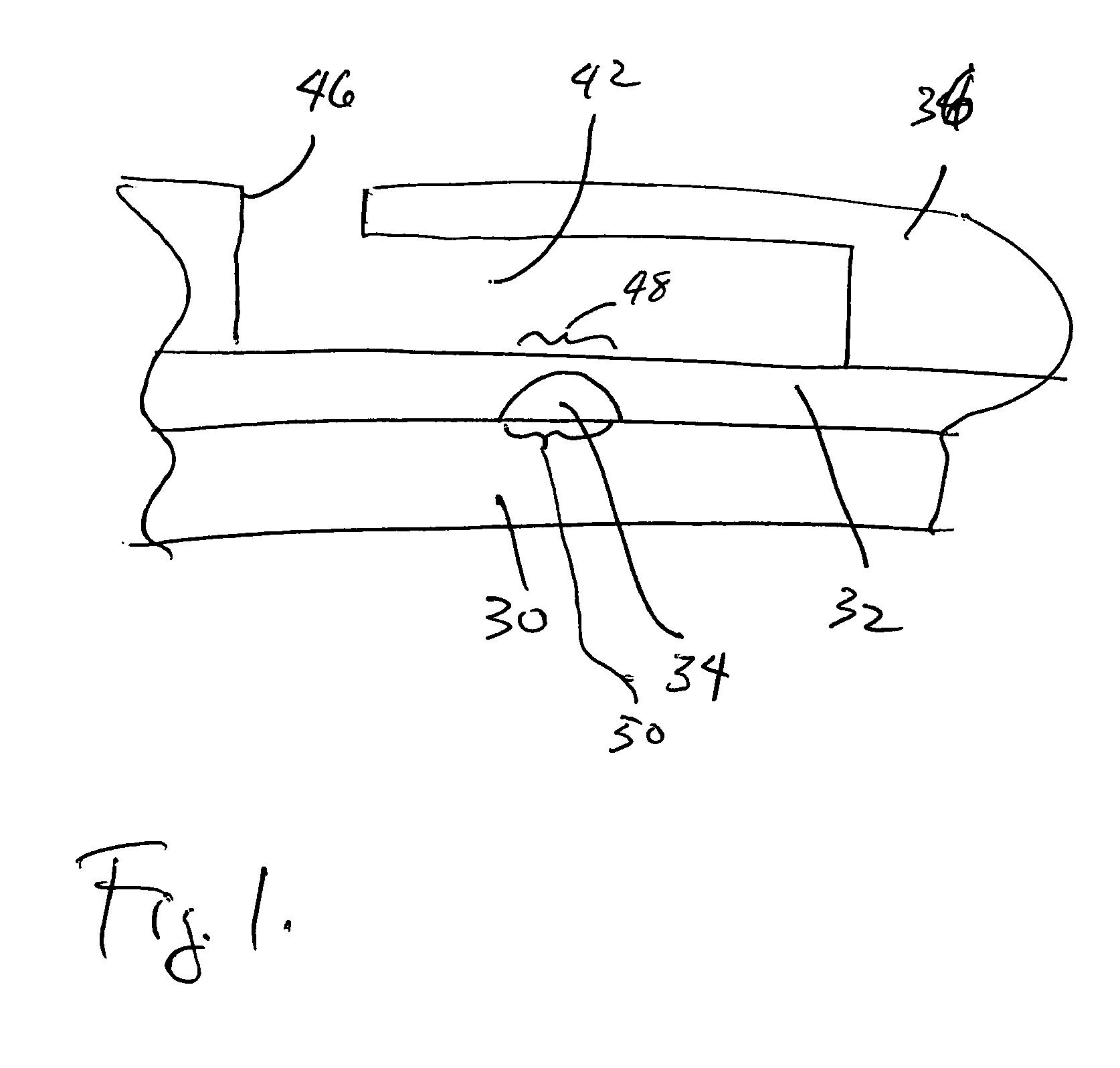High throughput multi-antigen microfluidic fluorescence immunoassays
a fluorescence immunoassay and multi-antigen technology, applied in the field of microfluidic circuits, can solve the problems of untapped decentralized testing potential, high cost, operation and manufacturability, and none possesses all of the desirable qualities, so as to reduce the total integrated background and improve the signal-to-noise
- Summary
- Abstract
- Description
- Claims
- Application Information
AI Technical Summary
Benefits of technology
Problems solved by technology
Method used
Image
Examples
Embodiment Construction
[0047] The illustrated embodiment of the invention is a high-throughput multi-antigen high-specificity high-sensitivity reproducible polydimethylsiloxane (PDMS) microfluidic system 10 for quantifying four representative blood analytes 12 at the clinically relevant levels. It is expressly to be understood that the invention could be realized in different systems for quantifying or identifying different numbers of different analytes and in different types of biological samples other than blood, such as urine, spinal fluid, vaginal secretions, perspiration, saliva, synovial fluid, cerebral fluid, ocular fluid, biopsy samples, and many other tissue sample types where the nanoliter sized sample of the invention make testing possible and practical for the first time. The illustrated embodiment is set forth here only for illustration and concreteness of example.
[0048] An active microfluidic matrix 14 utilizes arrays of integrated micromechanical or microhydraulically actuated valves 16 to...
PUM
| Property | Measurement | Unit |
|---|---|---|
| total volume | aaaaa | aaaaa |
| volumes | aaaaa | aaaaa |
| thickness | aaaaa | aaaaa |
Abstract
Description
Claims
Application Information
 Login to View More
Login to View More - R&D
- Intellectual Property
- Life Sciences
- Materials
- Tech Scout
- Unparalleled Data Quality
- Higher Quality Content
- 60% Fewer Hallucinations
Browse by: Latest US Patents, China's latest patents, Technical Efficacy Thesaurus, Application Domain, Technology Topic, Popular Technical Reports.
© 2025 PatSnap. All rights reserved.Legal|Privacy policy|Modern Slavery Act Transparency Statement|Sitemap|About US| Contact US: help@patsnap.com



